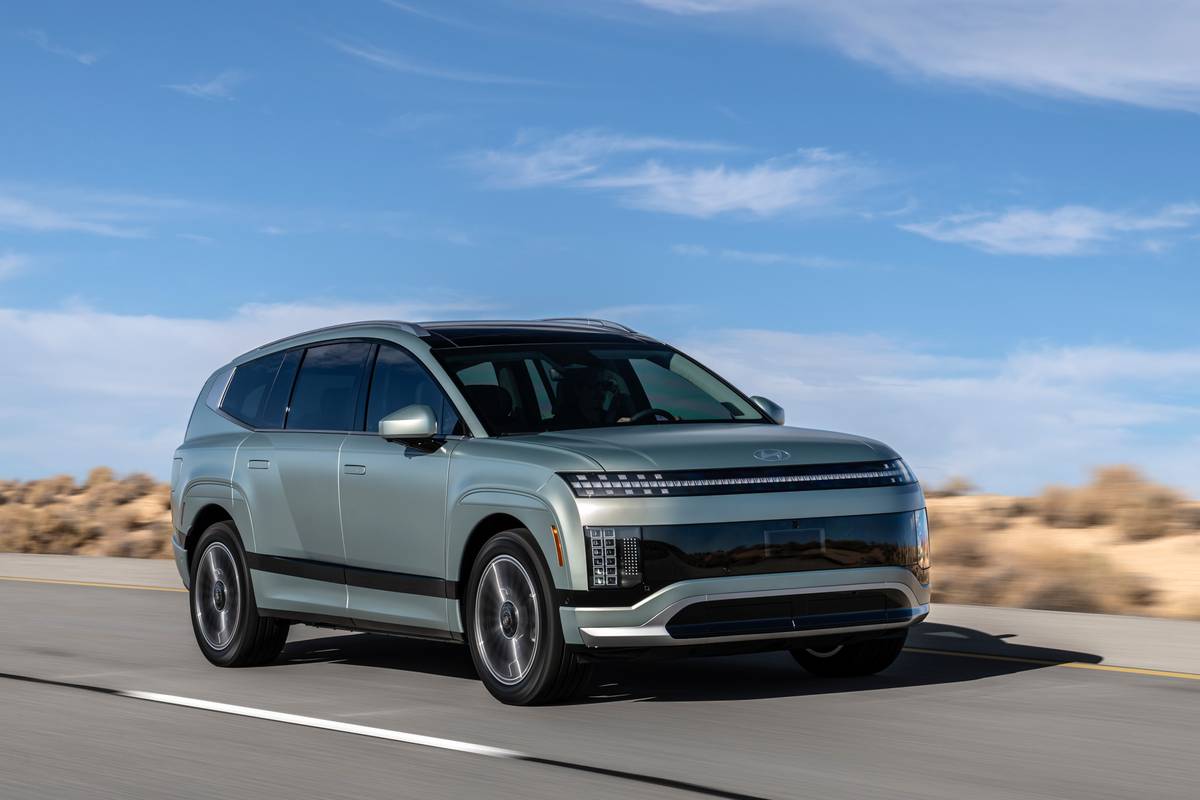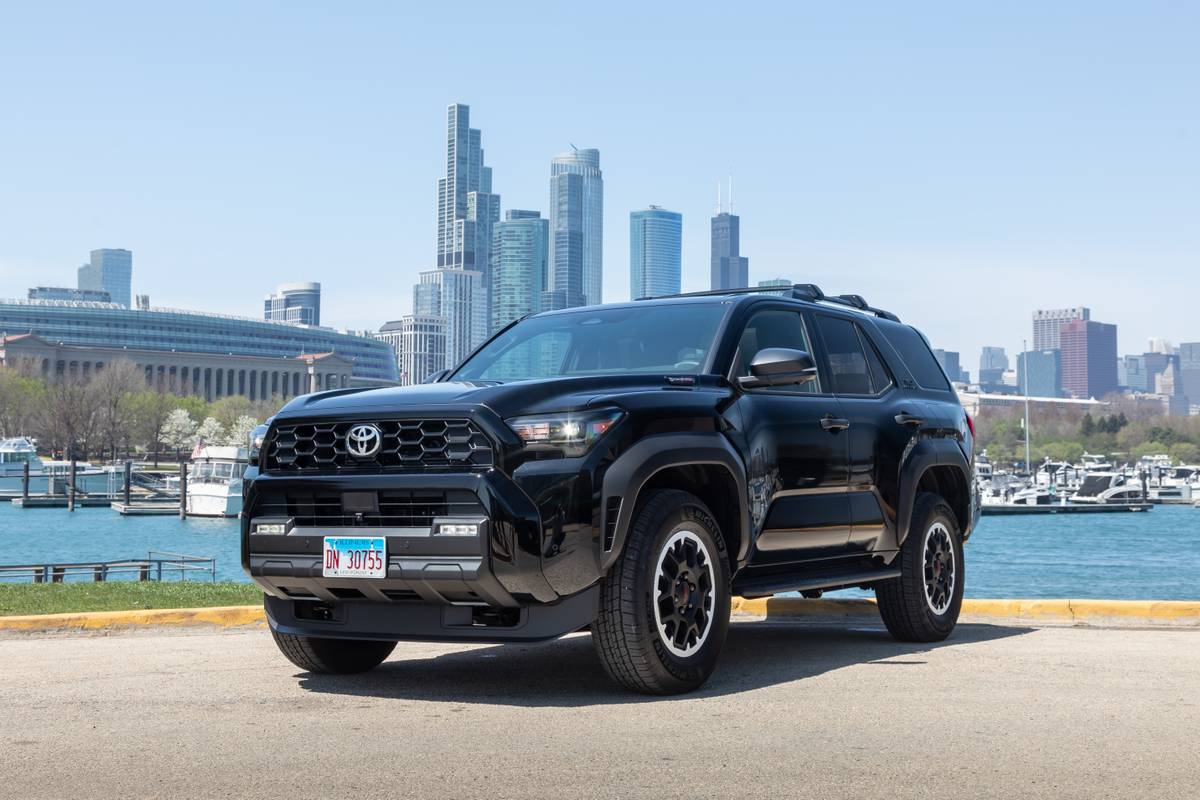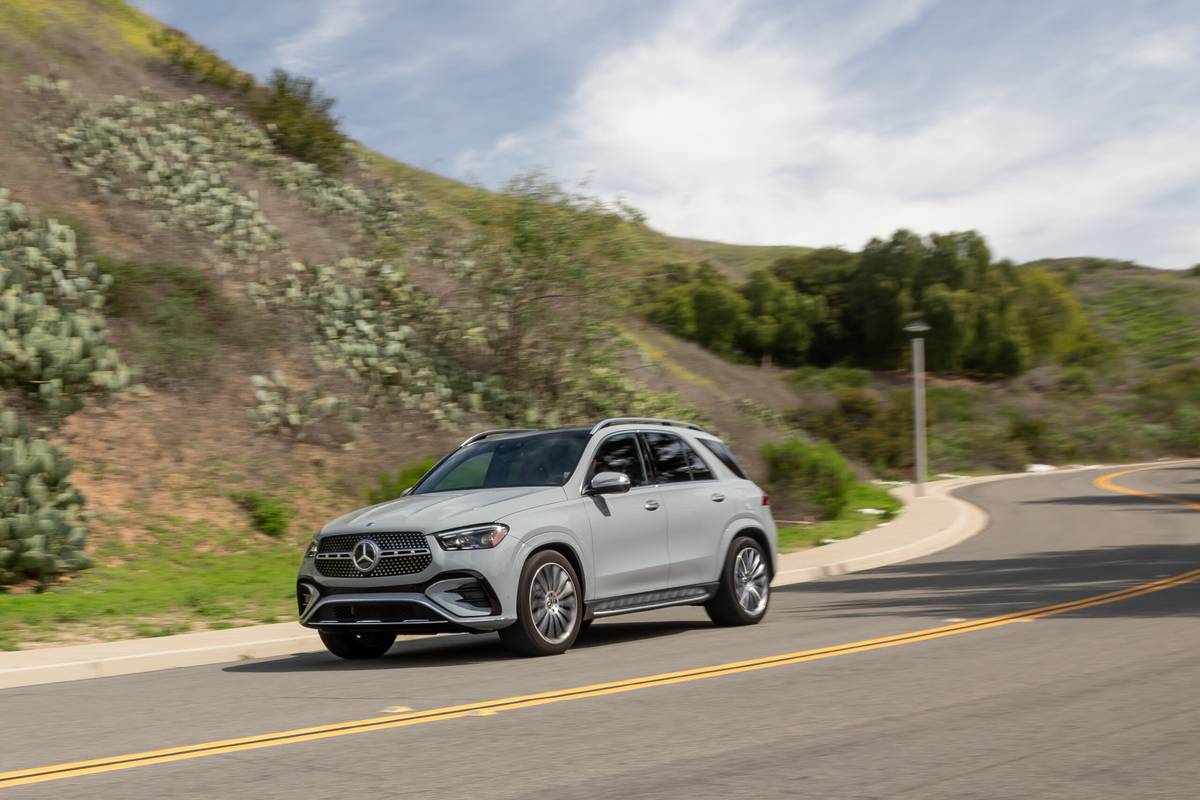washingtonpost.com's view
Workmen were demolishing the Englewood Cliffs Sunoco station on the southbound side of the Palisades Interstate Parkway. I wish I had known that before leaving my daughter’s home in Cornwall, N.Y., some 70 miles north. I was driving to Manhattan’s SoHo neighborhood on the bottom of the West Side at the top of the rush hour in a 2011 Land Rover LR4 sport-utility vehicle.
The fuel gauge showed less than a quarter of a tank of gasoline. That was bad news made worse by the LR4’s real-world mileage — barely 12 miles per gallon in the city and 18 mpg on the highway.
I had visions of running out of fuel in the middle of frantic West Side traffic, snarling the commuter rush to home, enduring vicious ridicule and honking, and possibly making David Letterman’s show as the suburban boob in the expensive, gas-guzzling four-wheel-drive SUV with a 5-liter V-8 engine (375 horsepower, 375 foot-pounds of torque) who didn’t know it needed gasoline to guzzle.
I turned off every energy-consuming device — sound system, heating and ventilation — not needed to help the LR4 run safely. I cursed Land Rover for thinking that onboard navigation was an option, which the model in my possession did not have.
Navigation systems can pinpoint the location of the nearest fuel stations. I desperately needed that guidance.
But luck intervened. I spotted a BP station near Houston Street. Ever since its ignoble role in last year’s Gulf Coast oil spill, I had shunned BP. But with my fuel gauge moving precipitously close to empty, I was ecstatic to see the BP sign and buy BP gasoline, even at $4.85 a gallon for the required premium unleaded.
I filled up and considered the virtues, and lack thereof, of the LR4. Luxurious and impeccably put together, it belongs in a family of vehicles that includes the super-luxury Range Rover HSE and Autobiography.
But there is something about the LR4 that speaks to 1948 — Land Rover’s first year in business — when the British-born company began rolling out a flat-panel four-wheel-drive work machine nicknamed “the farmer’s friend.”
The LR4 is a work of elegant, highly capable muscle. It is the Land Rover you want on a construction site or in an off-road run. It is so wonderfully competent in the rough — blessed with a five-way adjustable suspension that adapts to surface conditions. You are tempted to keep it there.
But in the city, the LR4 is a motorized albatross. In urban traffic jams, its mileage falls to a miserable nine miles per gallon. Its overall height (74.1 inches) helps the driver see over and look ahead of most city traffic. But that height is maddening to motorists behind the LR4, who frequently, perilously try to whip around it to regain sight advantage.
None of the bad stuff mattered much to me after I found fuel. I was just happy to keep moving. The LR4 is a remarkable vehicle — gas-thirsty, improbable in its allocation of standard and optional equipment, far from the best-handling vehicle on the road, but superior to all others in the rough. There’s an allure about it. I can understand why people buy and drive it. Just get it with the navigation system.
Latest news


10 Biggest News Stories of the Month: Toyota 4Runner Eases on Up, Hyundai Tucson Takes Up Space

